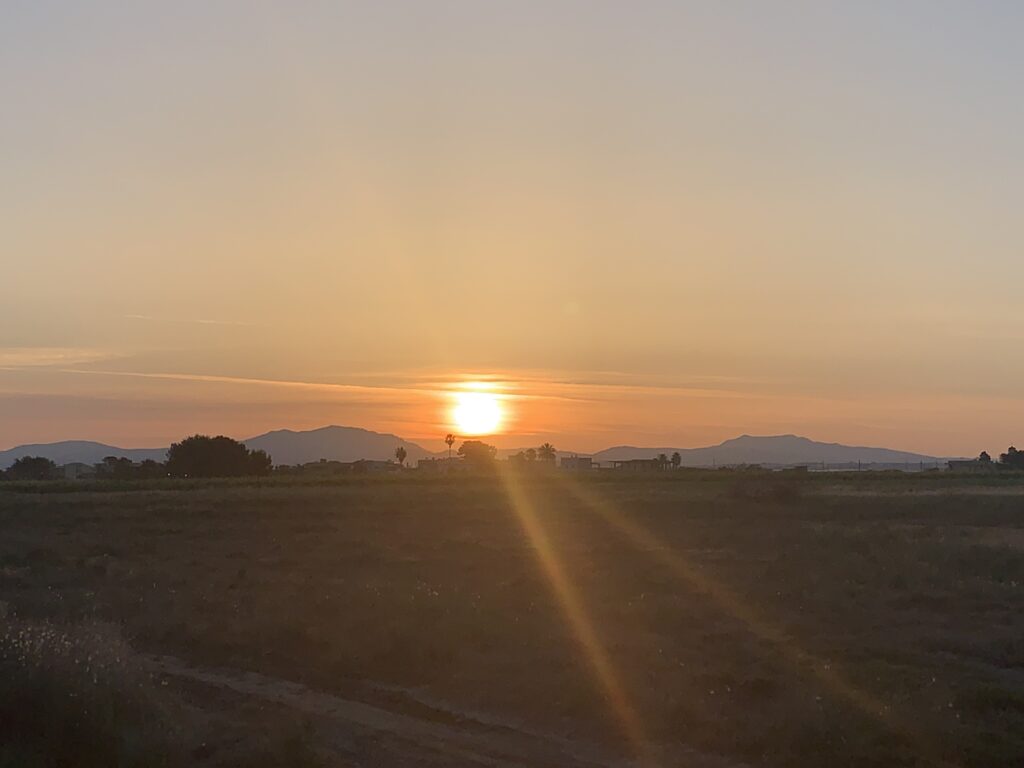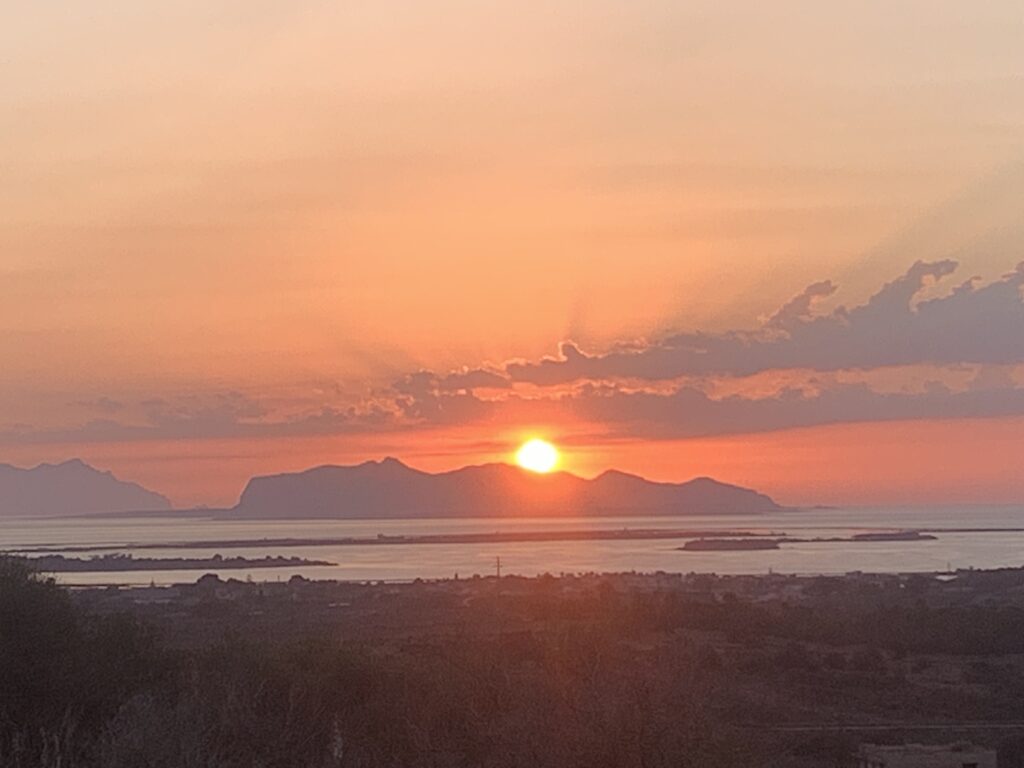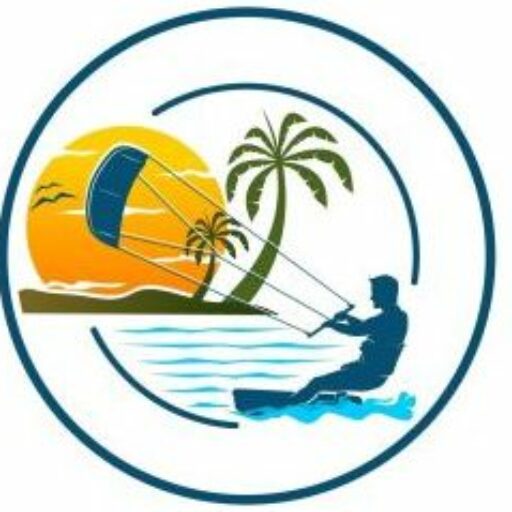This website uses cookies so that we can provide you with the best user experience possible. Cookie information is stored in your browser and performs functions such as recognising you when you return to our website and helping our team to understand which sections of the website you find most interesting and useful.

The Sunrise in Lo Stagnone Marsala was breathtakingly beautiful.
The forecasts for wind and weather in Lo Stagnone were unfortunately mixed and not particularly windy.
The temperatures were of course impressive with up to 26 degrees and lots of sun and for the many sun fans in Marsala and Trapani a reason to visit Sicily and this region.
For the kite fans who used the Whitsun holidays to visit the island, today was more suitable for sightseeing tours of the many historical sites in Sicily or for city tours to Marsala, Trapani or Palermo.
The die-hard kiters, however, remained on call, because very often there are unpredictable thermals in Lo Stagnone.
When the land warms up quickly and the sea stays cooler, the thermal winds often come from 11-12 o’clock, which allow for great kite fun even without weather forecasts from the various providers.
The kite schools have also adapted to this and many have prepared their students to be on call when the thermals start.
By 9:30, temperatures had already climbed to an impressive 23 degrees and visibility of the Stagnone Islands was clear.
The Aegadian Islands were very clearly visible. They consist of three larger islands Favignana, Levanzo and Marettimo as well as some smaller islands such as Formica and Maraone.
The Isole dello Stagnone di Marsala are a small group of islands in the Mediterranean Sea off the Sicilian west coast in the territory of the Sicilian city of Marsala.
Lo Stagnone itself has its own islands.
The Italian word “stagno” means “pond”, and “stagnone” (“large pond”) refers to the largest Sicilian lagoon, with an area of about 2000 hectares, which is surrounded by Isola Grande and in which three other islands are located.
This lagoon, where salt is traditionally extracted in salt pans, as well as the islands, have been protected since 1984 as the Isole dello Stagnone Regional Nature Reserve.
Typical plant species include Aleppo pine, dwarf palm and bamboo, the sea marigold, which is endemic to Sicily, as well as samphire and squill.
The fauna of the very shallow lagoon, whose water depth varies between 0.50 and 2 meters, is extremely rich in species, and a large number of songbirds breed on the islands.
This is why the lagoon is also a protected bird sanctuary. The islands in Lo Stagnone are Isola Grande or Isola Longa, with around 5.7 km², by far the largest island in the group.
San Pantaleo, also called Mozia, is the only inhabited island, with an area of around 45 hectares and 10 inhabitants, as well as the ruins of the Phoenician city of the same name, Mozia.
Santa Maria is an island with an area of around 18 hectares.
La Schola or La Scuola is the smallest of the four islands, with 0.33 hectares.
There was no sign of thermal wind until 12 o’clock, but the sun with over 25 degrees meant that the many holidaymakers and Sicilians enjoyed the day and flocked to the ice cream parlors.
The thermals arrived around 2 p.m., but unfortunately it wasn’t enough and most kites stayed on the beaches.
A few mats with light kiters made the cut, but it probably wasn’t the sporting challenge.
Around 6 p.m., a light drizzle started for a few minutes even though the sun was shining, a phenomenon that often occurs in Stagnone, small rain clouds that come from the sea and quickly move away again.
Light fog came from Favignana and Maretimo onto the bay, but just in time for sunset, the atmosphere was as spectacular as the days before.

All these texts, videos and pictures fall under the Creative Commons licence and may be copied and reproduced with attribution and linking
Pictures: Stagnone Islands Kite and Wingsurfing School

Strictly Necessary Cookie should be enabled at all times so that we can save your preferences for cookie settings.
If you disable this cookie, we will not be able to save your preferences. This means that every time you visit this website you will need to enable or disable cookies again.

